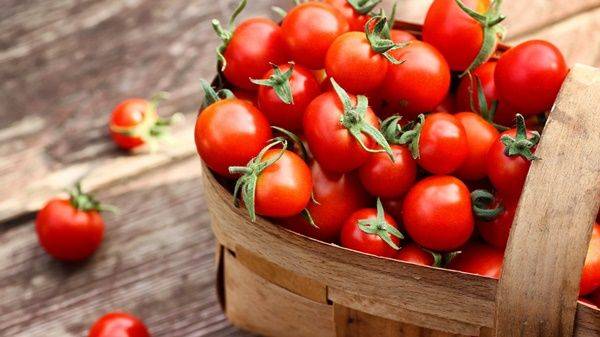Since Burkina Faso imports 90% of its tomatoes, Ghana runs the danger of experiencing a tomato scarcity as the latter struggles with one of its worst growing seasons in recent memory.
Due to exceptionally little rainfall in about 20 of the country's 45 provinces during the past two years, Burkina Faso's growing season has faced difficulties. Experts expect that the situation may endure and perhaps get worse in the near future.
Ninety percent of Ghana's fresh tomatoes are presently imported from Burkina Faso, according to data from the Ghana Incentive-Based Risk-Sharing System for Agricultural Lending (GIRSAL).
According to GIRSAL, the current annual national consumption demand for tomatoes is 800,000 metric tonnes. However, local output is still falling short of the required levels of demand.
Similarly, Ghana's tomato processing sector is still modest and primarily depends on imported concentrate and additives for raw materials.
Due to the lack of high-quality raw materials at reasonable costs, processing factories located in Pwalugwu, Techiman, and Wenchi have all been closed.
In addition to fresh fruit, it is anticipated that Ghana consumes more than 100,000 metric tonnes of tomato mix each year.
Why events in Burkina Faso might affect Ghana
According to the Burkina Faso Ministry of Agriculture, 50,000 hectares of cropland have already been converted into arid fields, leaving over three million people in the country food insecure.
A 461,000-tonne nationwide grain and cash crop shortfall hit Burkina Faso last year. According to government statistics, more than 450,000 hectares of fertile land would be left fallow in 2021 as a result of an increase in violence.
In a statement released in June of this year, the International Committee of the Red Cross (ICRC) stated that thousands of displaced people in Burkina Faso have come to rely only on the government and humanitarian organisations due to a severe food crisis and an increase in violent conflict.
They are compelled to give up their crops and sources of subsistence, making them incredibly vulnerable.
However, according to the Red Cross, over 32,000 locals and displaced persons in the Est, Nord, and Sahel areas received agricultural seedlings, including notable varieties of tomato, onion, millet, sorghum, and cowpea seeds, in order to produce commercial crops for subsistence.
Stakeholders have suggested that these events must serve as a roadmap for Ghana to start the necessary procedures to increase domestic production while consciously trying to cut imports.
Production in Ghana still faces significant problems.
Since most farmers grow fewer than 10 metric tonnes of tomatoes per hectare instead of the maximum 20 metric tonnes per hectare, low yields are still one of the biggest obstacles to the production of tomatoes in Ghana.
Additionally, farmers who continue to grow local varieties - often with high water content, numerous seeds, poor colour, and low brix level - as well as poor agronomic methods and a lack of types for commercial agro-processing have all been cited as major output setbacks.


